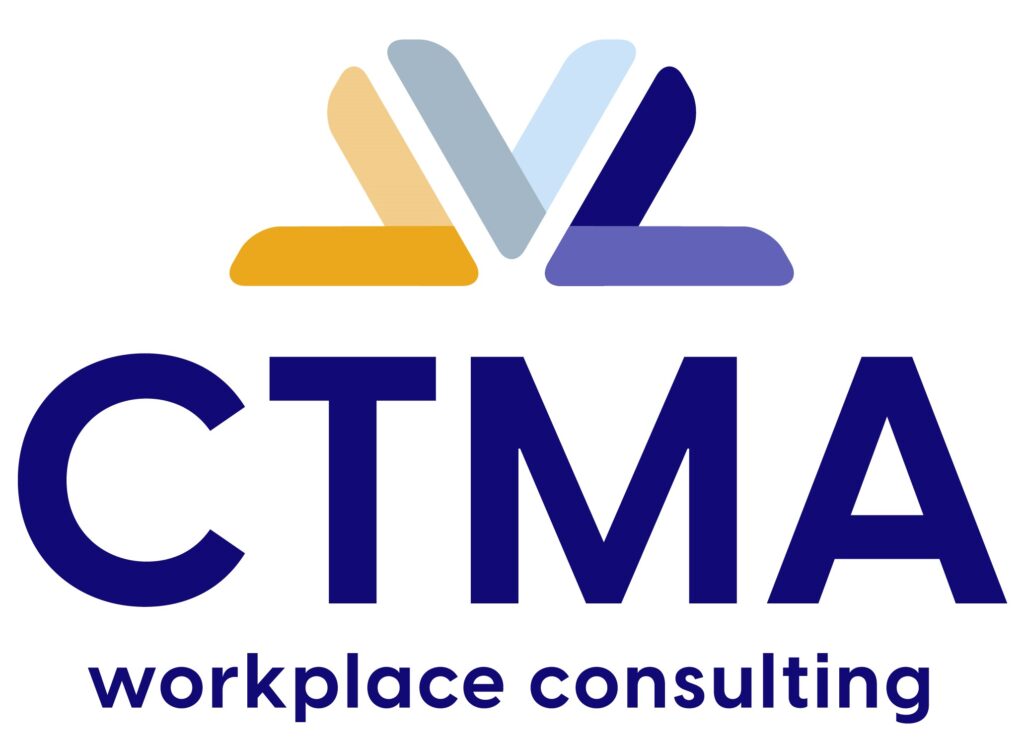Background
The Anti-Discrimination and Human Rights Legislation Amendment (Respect at Work) Act 2022 (Cth) amended the Sex Discrimination Act 1984 (Cth) to provide better protection for workers from sexual harassment and other forms of sexual discrimination, sex-based harassment, and unfair treatment in the workplace. The purpose of this act is to shift away from a complaint-based system to one where it is a proactive approach to prevent workers, employees, agents, and the organisation itself from engaging in discriminatory/harassing conduct. This extends to third parties such as customers and clients.
Key changes From 6th March 2023
• It is unlawful to subject another person to a workplace environment that is hostile on the ground of sex.
• It is a PCBU’s (persons carrying out a business or undertaking) responsibility to take reasonable and proportionate measures to eliminate, as far as possible certain discriminatory conduct, including sex discriminatory conduct, including sex discrimination, sexual harassment, sex-based harassment, and certain acts of victimisation in the workplace.
• A lower based threshold for sex-based harassment that requires the conduct to be demeaning rather than seriously demeaning.
Protection applies to:
-workers including employees, contractors, work experience students, intern, an outworker, small business owner who works in the business, apprentice or trainee and volunteers
-future workers
-people conducting a business or undertaking
Examples of Sexual Harassment
-inappropriate physical contacts such as unwelcome touching
-starting or leering
-a suggestive comment or joke
-a sexually explicit picture or poster
-an unwanted invitation to go out on dates
-a request for sex
-intrusive questioning about a person’s private life or body
-unnecessary familiarity such as deliberately brushing up against a person
-an insult or taunt of a sexual nature
-a sexually explicit email or text message
Hostile workplace environment
The legislation regarding the hostile workplace environment exercises the reasonable person test where there could be an anticipated possibility of the conduct resulting in a workplace that is offensive, intimidating or humiliating to a person on the grounds of sex.
If a person considers that they are subjected to a hostile workplace environment, then they can lodge a complaint with the Fair Work Commission.
Responsibility of PCBU
The PCBU must eliminate or minimise health and safety risk of workplace sexual harassment as far as is reasonably practicable. This does not replace their obligations under Workplace Health and Safety to provide a safe working environment. The PCBU should like any WHS risk, manage the risk of sexual harassment like any other risk and that is to identify the hazards, assessing the associated risks, implement control measure to eliminate or minimise risks and regularly review control measures to ensure that they are effective.
It is imperative that the company has policies that comply with the amendments to the legislation. They should consider physical work environments and work systems to eliminate or minimise risks.
Sexual Harassment
Under the Fair Work Act 2009 (Cth) sexual harassment is defined as:
-an unwelcome sexual advance
-an unwelcome request for sexual favours
-other unwelcome conduct of a sexual nature in relation to another person
To be regarded as sexual harassment it is reasonable to expect that there is a possibility that the person being harassed would be offended, humiliated, or intimidated by the behaviour.
The Respect at Work Amendment Act 2022 (Cth) states that sexual harassment in connection with employment can be a valid reason for dismissal.
Stopping Sexual Harassment in the workplace
Sexual harassment is a social problem which is not just about changing behaviour of individuals but a change in culture and environment in which it occurs. Some of the root causes is in relation to possession of control and misuse thereof, authority such as age, seniority or value to the business or influence over others such as gender inequality.
You can manage the workplace to prevent sexual harassment by:
– Providing a safe physical and online working environment
– Providing information, instructions, and training to staff to prevent and address sexual harassment in the workplace.
– A proactive approach to address unwanted or offensive behaviour early
– Encouraging the reporting of sexual harassment and having an effective complaints procedure in place
Penalties for Breach of the Act
Under the Fair Work Act 2009 (Act) a person or company may be liable for sexual harassment committed by an employee or agent in connection with work, including if they were involved in the employer’s contravention. This will apply unless the person or company can prove that they took all reasonable steps to prevent the sexual harassment.
If sexual harassment occurs and the employer did not act, then in some cases it can be a breach of an employer’s common law duty where they did not take reasonable care for the health and safety of their employees.
It can also be in breach of occupational health and safety legislation. An employer can be liable for unforeseeable injuries which could have been prevented by taking the necessary precautions. If the employer is found to be negligent in carrying out their duty of care, then the employee who has been harmed could bring about an against the employer in contract or tort.
There will be a new process within the Fair Work Act 2009 (Cth) for a complainant to seek conciliation/mediation of ongoing sexual harassment in the workplace. There is no “Arbitration” and therefore no findings of fact.
A Complainant must go through this process and receive a certificate issued by the Commission prior to being able to proceed to the Federal Court for compensation and/or penalties against the perpetrator and/or their employer.
Further reading:
For further information or assistance, please contact:
Craig Pollard on email address: craig@ctmaworkplace.com.au
Julie Grogan on email address: julie@ctmaworkplace.com.au
